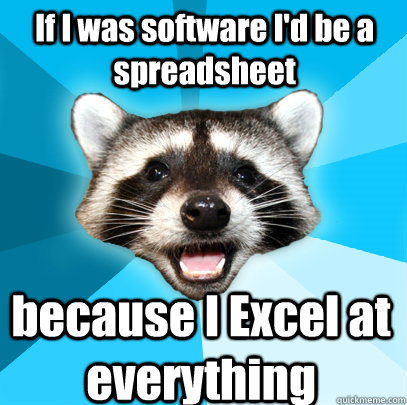 |
| image source |
I did run into a couple of websites that, at first glance, seem educational, but are really only trying to sell you a product. But I have noticed a good amount of websites like that when researching for past projects for this class and other classes. It is very frustrating to think you are finding an educational resource, while in reality a company is just trying to sell a product to you.
There were many websites that I found that I deemed to be not quite valuable of use in a classroom. For example, I found many websites with educational games, but little background information or referencing accompanied the games. This made me wonder whether the information on the games and websites was actually legitimate.
The Web 2.0 sites are a tool that I think I will have to get used to. I like the idea of the Web 2.0 websites and was actually asked to use them quite a few times during college. However, I would often get frustrated with learning to use a new website and wonder why we couldn't just complete the projects in a program that we already knew how to use, like Word or PowerPoint. I think that this is just me being stubborn about learning something new.
I actually did not choose many of the same websites as I have seen classmates choosing on Delicious, which kind of surprised me. I think it is good, though, that we have all been able to find different websites. It provides even more resources for us to share with each other!
I selected the fifteen sites that I did because they seemed relatively easy to use and navigate. I am obtaining my license in elementary education. I think that in order for younger children to be able to use these websites, the sites should not have a large learning curve.



